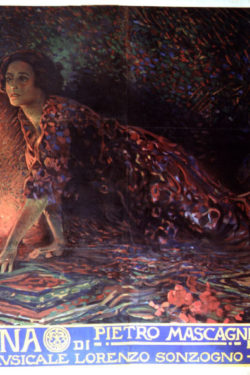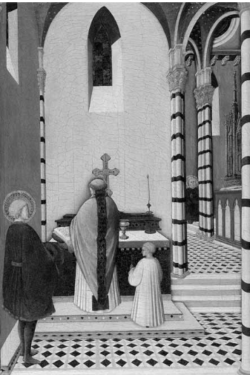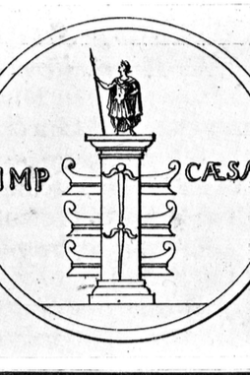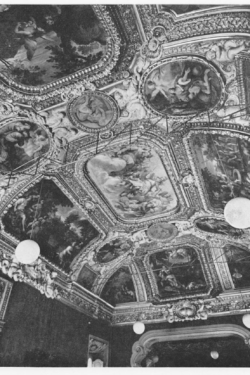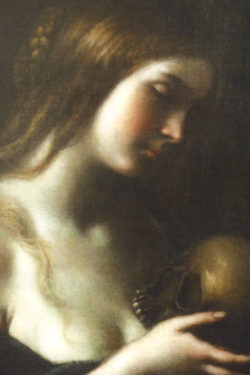Descrizione
Storia dell’arte n. 161
Nuova Serie 1 | 2024
Giuseppina De Pasquale
La Gitta cum putto: una rappresentazione della zingara nei Compianti lombardi del Rinascimento
The article explores the meaning of the figure of the gypsy with child that appears within the sculptural groups depicting the mourning on the dead Christ produced in Lombardy between the 1480s and the first decades of the century. The particular figure of the woman with child in oriental clothes, sometimes characterized by dark skin, represents a unicum in the canonical iconography of the Lamentation. Starting from the sculptural group made by Agostino De’ Fondulis in Santa Maria presso san Satiro in Milan (1483), and passing in review other similar works, this paper aims to deepen the meaning of the gypsy in these contexts, investigating its main aesthetic peculiarities (such as elements of costume) and ethics, both in sacred and profane scenes. From appropriate comparisons with medieval and modern literary and documentary sources, an alternation of positive and negative values attributed to gypsy characters emerges. In the need to deal with the complexity of the aspects assumed by the figure of the gypsy in the Lamentations from Lombardy, several interpretative paths are followed: the gypsy as a “pilgrim”, as a “good Christian”, the “Turkish gypsy”, the “Caritas gypsy” and the gypsy as an emblematic projection of Duke Ludovico il Moro.

